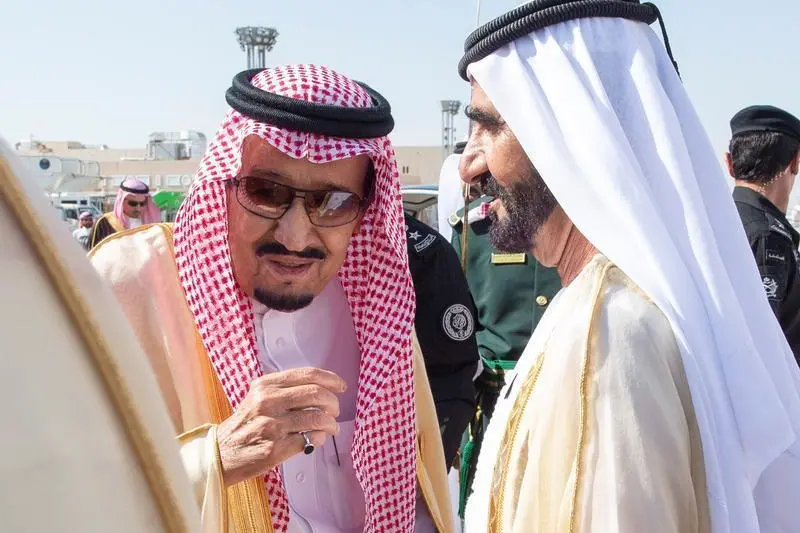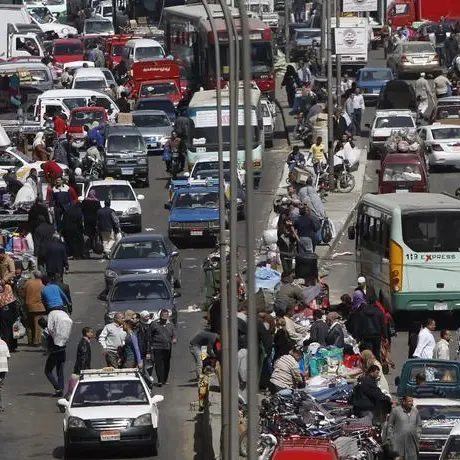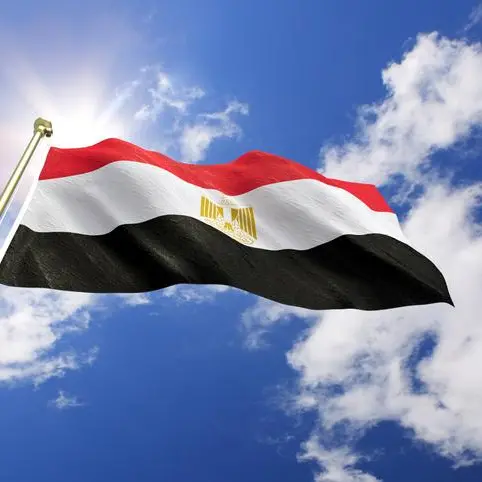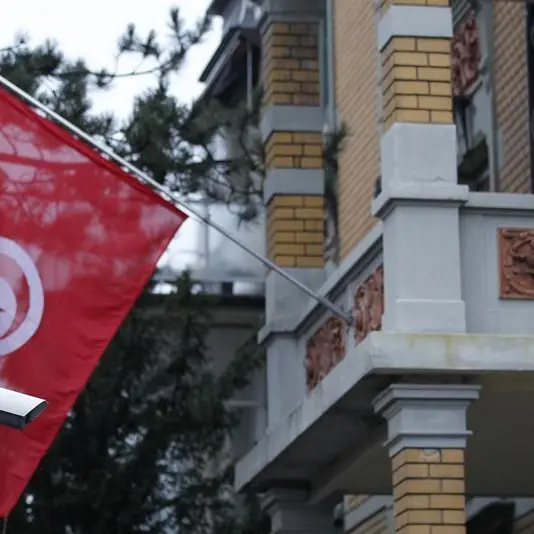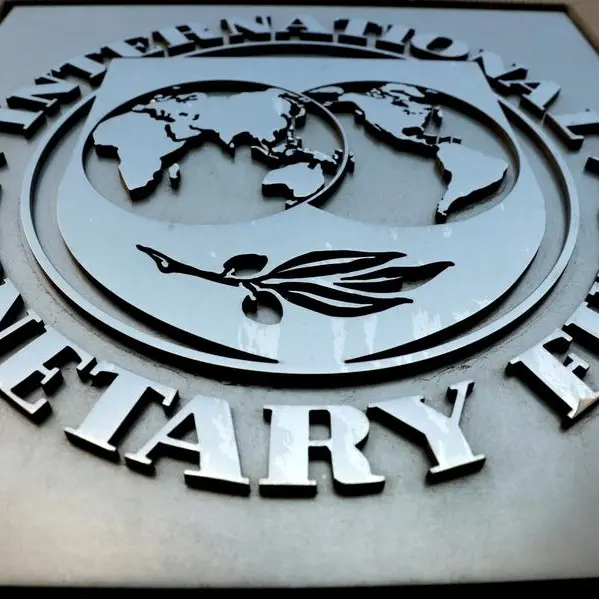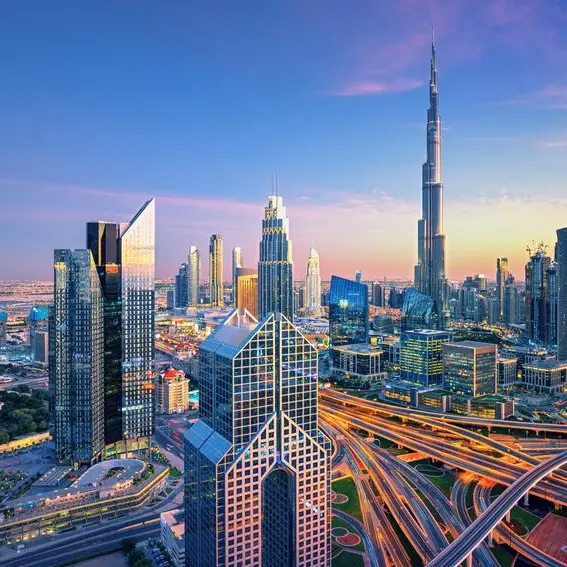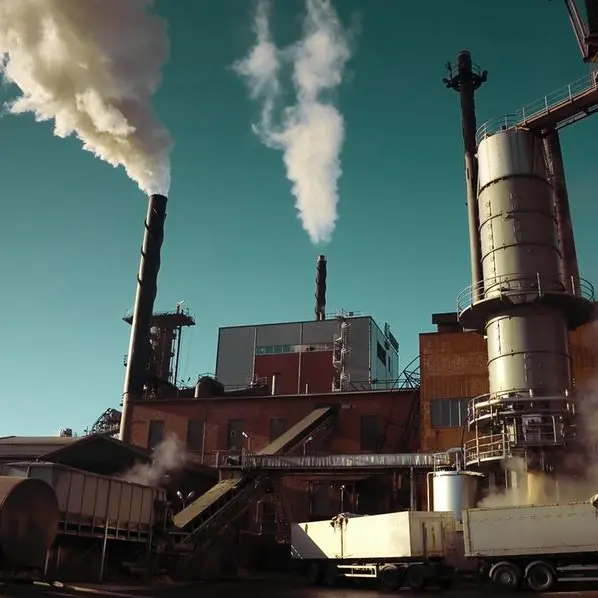PHOTO
With OPEC+ expected to extend output cuts to balance international oil markets, oil producers in the Middle East will see limited growth in the sector. However, policies pursued by Saudi Arabia and the UAE could counter this by boosting non-oil revenues.
Oil prices will average around $67 per barrel in 2019, down by some 5.6 percent from an average of $71 per barrel last year. Lower oil prices pose a challenge for a number of GCC countries that rely heavily on hydrocarbon receipts to balance their budgets, notably Bahrain and Oman, as noted by the ICAEW in its report, “Economic Update: Middle East,” a quarterly economic forecast for the region prepared directly for professionals in finance.
According to Michael Armstrong, Regional Director for the Middle East, Africa and South Asia, FCA and ICAEW, “The outlook for Middle Eastern economies remains challenging for the rest of 2019 as global developments continue to be of crucial importance to the region. Continued uncertainty in the global oil market means increasing non-oil revenues is vital for regional economies. Governments in the region have been proactive, but they must continue to support their economies with pro-growth initiatives.”
The report also states that the burden of generating economic growth and employment is expected to fall more on the non-oil sector in 2019. This means that Saudi Arabia and the UAE, the two largest GCC economies, are expected to drive in non-oil-sector growth through various pro-growth government initiatives, expansionary budgets and fiscal stimulus plans.
The non-oil sector in the GCC is expected to accelerate from an estimated 2.3 percent last year to 2.6 percent in 2019. Indeed, as the report notes, several proxy indicators of economic activity paint a positive picture. Credit to the private sector has been trending upwards in most GCC countries, and the quarterly average of the PMI index, a gauge of the health of the private sector, continued to show some improvements in Q1 2019 in both Saudi Arabia and the UAE compared to Q4 2018.
OMAN economy outlook
The economic outlook for Oman looks challenging in 2019, with oil production curbs and price volatility weighing on incomes and sentiment. The non-oil activity in Oman remains tepid, though it should improve, anchored by economic diversification efforts and infrastructure spending under the country’s Vision 2020 plan, the report from the professional accounting body noted.
Oman’s economy is still in the early stages of recovery and is expected to experience modestly weaker growth of 2.8 percent this year, down from an estimated 3.3 percent in 2018 but up from the 0.9 percent drop in 2017.
Renewed pressure on oil prices complicates fiscal adjustment, as the overall thrust of policy remains expansionary. Additionally, the ramp-up in gas output over the past 18 months has partly compensated for lower oil production, cushioning oil sector performance.
Mohamed Bardastani, ICAEW Economic Advisor and Senior Economist for Middle East at Oxford Economics, said: “Oil revenue amounts to 60 percent of the nation’s total budget revenue. There is a dire need for an improvement in the non-oil sector and delaying the introduction of VAT has a had significant effect on the fiscal deficit. Oman must continue with its economic diversification efforts to drive growth in its economy.”
Despite being a non-OPEC country, Oman has adhered to the OPEC+ oil quotas, cutting output to just above 970,000 barrels per day in January-April, 25,000 barrels per day below the average for Q4 2018. It is looking increasingly likely that the current round of cutbacks will be extended into H2 2019, which would further weigh on the contribution of the oil sector to GDP growth this year, the report noted, adding, looking ahead, natural gas exploration will be a more significant driver of oil sector growth.
Bahrain economy outlook
The outlook for Bahrain’s economy remains clouded by persistent weakness in government finances, evident by significant fiscal deficits and rising public debt levels and large external financing needs. However, the $10 billion support package from the GCC is seen as a reprieve for the economy.
According to the report, the economy expanded by its slowest pace in more than two decades last year at only 1.8 percent. The outlook for this year is similarly challenging as the economy is expected to decelerate further to 1.6 percent, weighed down by fiscal consolidation measures, lower oil prices and only a modest rise in oil production. But continued project spending, supported by the GCC $10bn financial package, is expected to balance out the overall impact.
The government has already received the first instalment of $2.3 billion late last year and is expecting another $2.3 billion this year.
Several important infrastructure projects are expected to be supportive of growth this year as well, including Alba's (major aluminium producer) new Line 6, Bapco’s (main oil producer) modernisation programme and the airport modernisation project, which includes a $1.1bn passenger terminal due to be completed by Q3 2019, the report noted.
(Writing by Seban Scaria, editing by Daniel Luiz)
Our Standards: The Thomson Reuters Trust Principles
Disclaimer: This article is provided for informational purposes only. The content does not provide tax, legal or investment advice or opinion regarding the suitability, value or profitability of any particular security, portfolio or investment strategy. Read our full disclaimer policy here.
© ZAWYA 2019